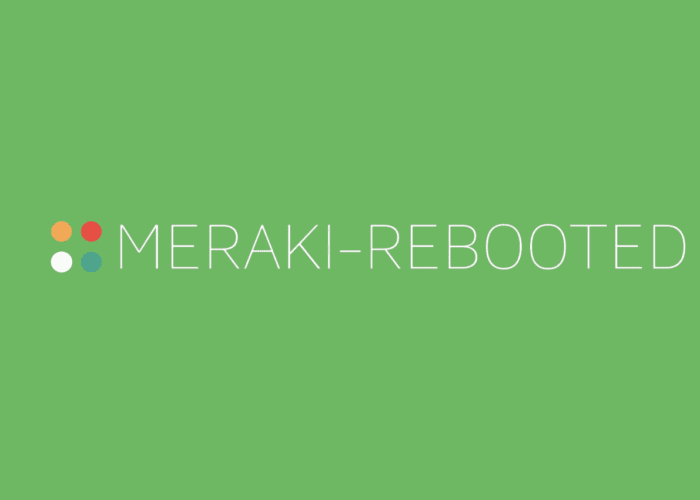The Meraki MV camera eliminates many of the underlying costs and complexity of owning and operating video surveillance systems. The elimination of all physical components, other than the camera, is highly attractive to a wide range of organizations. This broad appeal leads to users with a diverse set of problems, often beyond the scope of the products current feature set.
Beyond the cross-product APIs available for the Meraki dashboard, there are currently no APIs or raw video feeds available for Meraki MV users. Camera configuration, video streaming, and analytics data are only available inside the Meraki dashboard.
By having a closed end-to-end system, we can ensure an exceptionally easy, enjoyable, and secure user experience. At its core, Meraki provides ease of use and simplicity. This is underpinned with a focus on solving customer problems first and building features second.
With these principles in mind, we need to work out what customers want to do with APIs. Collating these problems into categories we end up with the following:
Off camera storage, providing:
Longer retention
Offsite backup
Integration with
Analytics software
Business systems
Physical security
The first category covers the need for bulk storage or off-camera recording. We see two important uses for this type of functionality: The desire to retain video longer than is possible with edge storage, and instances where an off-camera or off-site backup is a mandatory requirement for compliance purposes.
MV’s architecture is designed for distributed storage and compute at the edge of the network, with centralized management and control in the cloud. Allowing customers to use an API to store video outside of this architecture eliminates the simplicity and cost reduction at the heart of the product. Once video leaves the platform, it is no longer associated with its metadata. This dissociation of context would leave customers with petabytes of unsorted raw video and a significant problem.
Meraki is already evaluating how to solve these two problems. Although the functionality is not yet available, its eventual design will ensure customers are not forced to become data scientists in order to manage their video. It will keep video within the Meraki ecosystem to ensure associated metadata is not lost.
The other category of problem that drives MV API requests is systems integration: integration with business systems such as Electronic Point of Sale (EPOS), physical security access control systems such as badge readers, and 3rd party video analytics.
By blending data sources together, further context can be provided to an event. When that can of soda from the EPOS transaction turns out to be a high value bottle of wine in the video footage, you know there is a problem. We are actively working with customers to define how we integrate with these systems and what a future API should look like.
Finally, it’s a simple reality that Meraki will not provide every variation of video analytics customers would want. Niche but high value problems are an area where third party analytics could be of great value. As with presence analytics on the Meraki MR wireless platform, in the future, we will offer out-the-box functionality beneficial to a wide range of customers, and when this is not sufficient, accesses for third party analytics such as with the location analytics API.
Meraki’s MV camera portfolio is still young, and as with our other products, we will release API access as it matures. This approach ensures we solve for simplicity first, and do not offload the hard work of feature development to our customers.



